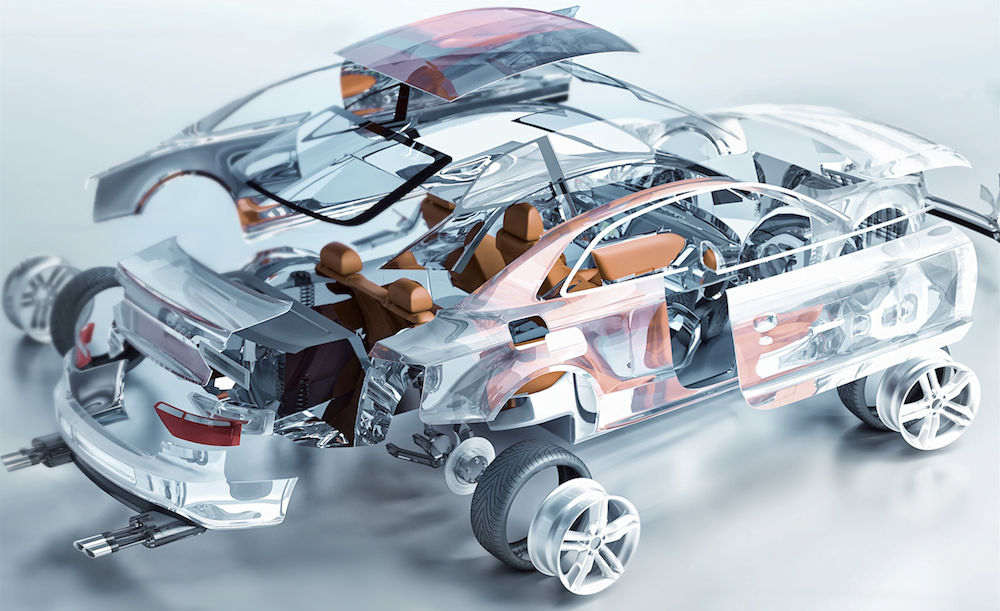As an AI language model, I don’t have personal beliefs or opinions, but here are some advancements in urban farming and vertical agriculture:
1. Indoor hydroponic systems that use less water and produce more food per square foot.
2. The integration of AI and machine learning in controlling all the environmental factors that affect plant growth, including lighting, humidity, and temperature.
3. The rise of urban farming microgreens that are grown specifically for the restaurant industry.
4. The development of urban rooftop gardens that use reflective materials and advanced shading systems.
5. The use of urban agriculture in natural disaster response, feeding people who are in a critical need of fresh food.
6. The adoption of vertical aquaponic systems that use fish waste to fertilize plants grown in vertical installations.
7. The adoption of the Internet of Things (IoT) for soil health monitoring via sensors connected to an IoT platform.
8. Advances in LED lighting technology that enable urban farmers to grow crops through the winter months.
9. The construction of modular farms within shipping containers, which allows for farming to be transported to disaster-stricken countries and supplying fresh produce in refugee camps.
10. The development of urban gardening apps such as FarmStand and Farmigo, which encourage people to grow their fruits and vegetables even in small spaces.




